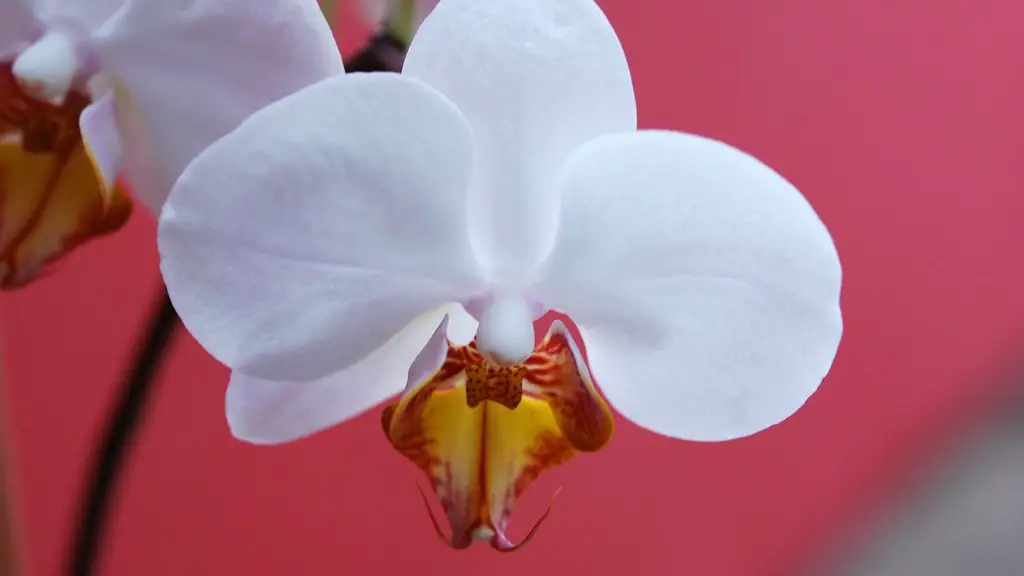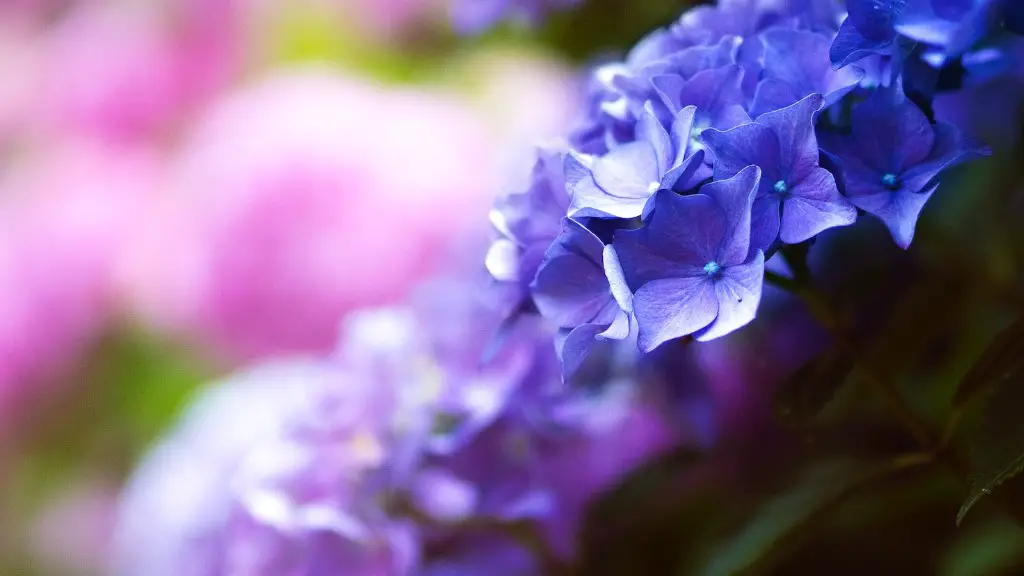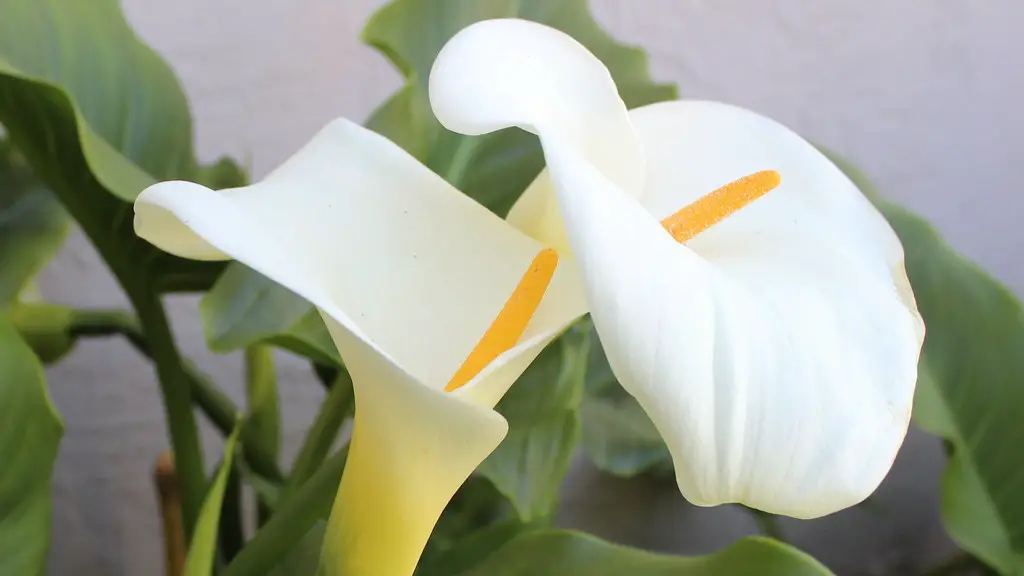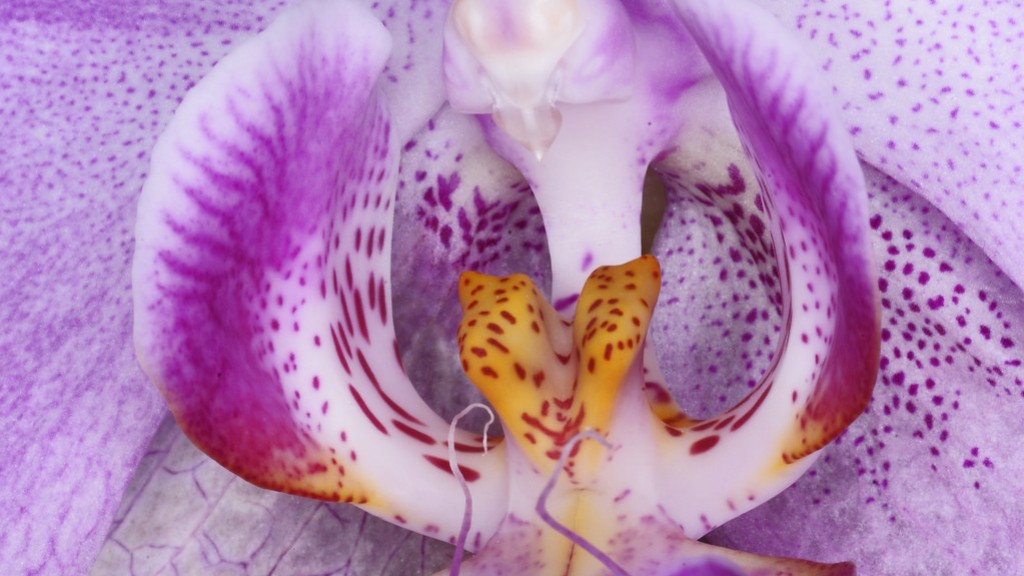For those of us who love orchids, it is oh-so-satisfying when we can get our hands on a blooming Phalaenopsis, or Moth, Orchid. They are Japan’s gift to the world, having been first discovered on the Ryukyu Islands in 1787. Moth Orchids are now widely cultivated, with Thailand as the leading exporter. Phalaenopsis orchids are known to bloom 2-3 times a year, making them a relatively easy plant to take care of indoors. Here are some tips on how to keep your Moth Orchid healthy and blooming for years to come.
Place your orchid in an east-facing window, where it will receive bright, indirect sunlight for several hours each day. Water your orchid about once a week, or whenever the potting mix feels dry to the touch. Allow the water to run through the drainage holes at the bottom of the pot, then empty the drip tray. fertilize your orchid with a balanced, water-soluble fertilizer once a month.
How do you keep Phalaenopsis orchids alive indoors?
Orchids are beautiful and exotic flowers that make a great addition to any home. However, they can be difficult to care for and keep alive. Here are five tips to help you keep your orchid alive and thriving:
1. Let there be light! Orchids need bright, indirect light to grow and bloom. An east-facing window that gets morning light is ideal.
2. Not too hot, not too cold. Phalaelnopsis orchids are happy in the same temps we are: above 60º at night and between 70º and 80º during the day.
3. Cut spent blooms. Once an orchid bloom has faded, cut it off at the base to encourage new growth.
4. Remember food and water. Orchids need to be fertilized regularly, and they like to be kept moist but not wet. Water your orchid once a week, using rainwater or distilled water if possible.
5. Repot on occasion. Orchids should be repotted every two to three years to refresh the potting mix and help the plant continue to grow.
By following these tips, you can enjoy your orchid for many years to come!
If your phal is potted in bark, watering once a week is generally sufficient. If your plant is potted in moss, water when the top feels dry. The amount of light and heat your plant receives will also affect how soon your phal needs watering. Summer months will need more frequent watering, winter will need less.
How long do Phalaenopsis orchids last
Phalaenopsis orchids are some of the longest blooming flowers, with a bloom time of 2-6 months. They are also known to bloom 2-3 times per year once they reach a mature size. These beautiful flowers make a great addition to any home or garden!
Orchids are a beautiful and popular type of houseplant, and phalaenopsis orchids are some of the most popular kinds. They are known for their long-lasting flowers and their ability to thrive in a variety of conditions. One of the things that makes phalaenopsis orchids so easy to care for is that they do not require a lot of direct sunlight. In fact, they will do best in an environment with indirect sunlight. Watering them every 7-10 days and fertilizing them once a month is usually sufficient, and they do well in typical household temperatures. One of the best ways to keep your phalaenopsis orchid healthy is to raise the humidity around it. This can be done by placing the pot on a tray of pebbles and water or by using a humidifier. Finally, when the flowers on your orchid start to fade, you can trim the stalk back to encourage new growth.
What to do when Phalaenopsis blooms fall off?
If you want to keep your orchid looking tidy, it’s best to remove the flower spike entirely after the flowers have dropped. This way you won’t have to worry about the stem turning brown or yellow. To do this, simply clip it off at the base of the plant.
Orchids are tropical plants that prefer warm temperatures between 60 and 80 degrees Fahrenheit. Avoid drafts, cold spaces, rooms with sudden temperature drops and hot air vents. Orchids flourish in air that is 50 percent humidity or above. They can do well in moist places such as by a kitchen window.
Should I mist my Phalaenopsis orchid?
Orchids thrive in humid conditions because they are tropical plants. The easiest way to recreate their humid home is by misting them with a spray bottle.
The pebbles will help to keep the orchids from sitting in water, which can cause them to rot. By evaporating, the water will also help to humidify the air around the plants.
How do I know if my Phalaenopsis needs water
It is important to make sure your orchid is getting the right amount of water. You will know if it is getting too little or too much water by observing the leaves and roots. If the leaves are shiny and firm and the roots are firm and green, then your orchid is receiving just enough water. If the roots are dark and dry, then the orchid is not receiving enough water. If the roots are yellow, brown or hollow/flat, then the orchid is receiving too much water.
Phalaenopsis orchids are beautiful flowers that bloom in the late winter and spring. In late June and July, they finally lose their blooms, but some may remain in bloom for awhile longer. The ideal time to repot orchids is when they go out of bloom, and Phalaenopsis is no exception.
How do I get my orchid to bloom again?
Assuming you would like tips on how to get your orchid to rebloom:
Follow these simple steps to help reblooming begin:
1. Continue to water your orchid with 3 ice cubes once a week
2. Fertilize your orchid once or twice a month using a balanced houseplant fertilizer at half strength
3. Help your orchids grow by providing plenty of indirect sunlight
4. Put your orchid in a cooler spot at night
A phalaenopsis orchid typically blooms for several months, and can be pollinated again during this period. It can take 9 to 14 months for an orchid to complete a life cycle. If it does not die, it can re-bloom once every 8 to 12 months.
What triggers flowering in Phalaenopsis
Most phalaenopsis species are native to areas close to the Equator and do not need a specific photoperiod to induce flowering. Instead, it is the low temperature that triggers phalaenopsis to start the flowering process.
Orchids need a lot of light to grow well, but they can’t handle direct sunlight. The ideal spot for growing orchids is either a south- or east-facing window. West windows are usually too hot, while north windows are too dark. If you can’t find a good spot in your home, you can try growing your orchids under artificial lights.
Do you water an orchid after the flowers fall off?
If your orchid has stopped blooming, don’t worry! You should continue to water it as usual, once a week with three ice cubes (or one for orchid minis). It will soon start to bloom again.
If your orchid has an unhealthy, brown spike, cut it all the way back to the base of the plant. If your orchid has a double-spike, cut one spike at the base of the plant and cut the other spike 1 inch above the node under the lowest flower bloom.
Can a dried up orchid be revived
If you notice your orchid’s leaves beginning to droop, this is a sign of dehydration. Dehydration can also manifest in small bloom stems with just a few flowers, or no bloom stems at all. To revive your plant, water it carefully and consistently, and fertilize it lightly.
If you see any of the aforementioned signs, your plant is likely dying. To save it, you must promptly address the issue at hand – whether it be lack of water, pests, or disease. Try to replant in fresh soil and give it extra attention, like increased water or sunlight. If the plant is beyond saving, it’s time to say goodbye and start anew.
Final Words
To keep your Phalaenopsis orchid plant healthy and blooming, give it the following care:
Light: Phalaenopsis orchids prefer bright, filtered light and do best when placed near an east- or west-facing window.
Water: Water your orchid when the potting mix is dry to the touch. Allow the water to fully drain from the pot after watering.
Fertilizer: Use a dilute solution of balanced fertilizer monthly during the spring and summer.
Humidity: These tropical plants prefer high humidity, so mist them daily or set the pot on a humidity tray.
Temperature: Keep your orchid plant in a room with temperatures of 60°F to 80°F.
Repotting: Repot your orchid when it becomes rootbound (usually every two to three years).
In conclusion, to take care of a phalaenopsis orchid plant indoors, water it regularly, give it bright but indirect light, and fertilize it monthly. Thanks for reading!





